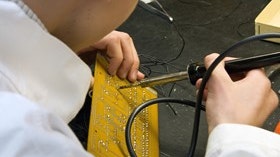Homepage
•
Learning Library
•
Blog
•
6 resources for making in the classroom
Expand breadcrumbs
Expand breadcrumbs
- Learning Library
- Blog
- 6 resources for making in the classroom
- Homepage
- •
- Learning Library
- •
- Blog
- •
- 6 resources for making in the classroom
6 resources for making in the classroom
By Nicole Krueger
December 26, 2014








